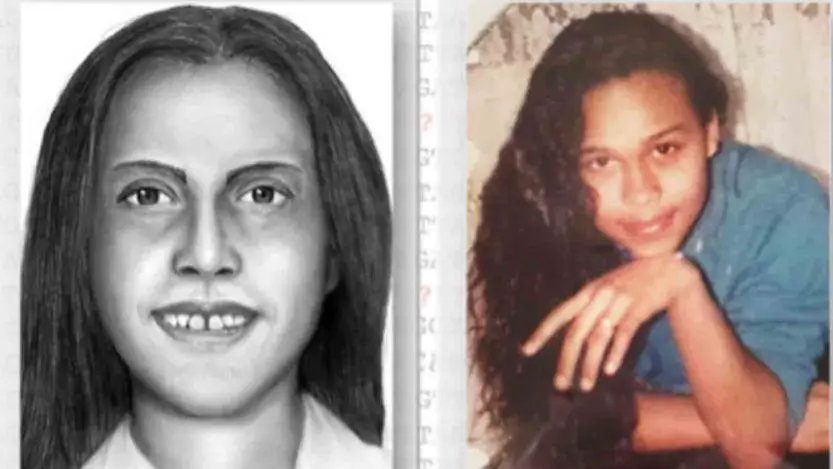After decades of anonymity, the Apache Police Department has revealed the identity of human remains discovered in a desolate stretch of the Arizona desert.
The individual, previously referred to as “Apache Junction Jane Doe,” has been identified as Melony Harrison, who went missing at the age of 15 from Phoenix in June 1992.
Her remains were found near Idaho and Baseline roads on Aug. 6, 1991, police said.
The case went cold after human remains were found and was only identified as “Apache Junction Jane Doe” according to The Associated Press.
Investigators believed that at the time of her death, she was between 16 and 18 years old.
The case was eventually entered into a database that the National Center for Missing and Exploited Children and Unidentified Persons System manages.
How Melony Harrison was identified
Through the DNA Doe Project, investigators were able to use genetic genealogy to assist in identifying her. The DNA was analyzed and came back to relatives of Harrison. From there, investigators say they were able to build a family tree and go through two more databases called GEDmatch Pro and FamilyTreeDNA.com, according to police.
According to the National Center for Missing and Exploited Children and Unidentified Persons System’s entry, the teenager was believed to have been dead three to five weeks before her remains were located, the AP reported.
She was reportedly wearing Levi’s denim jeans with a shirt that had soccer balls on it along with a yellow ring on her left hand. Investigators at the time found a public transit token in her front pants pocket.
The token read “Valid for one student fare.”
Her family about four years later took her out of the National Center for Missing and Exploited Children and Unidentified Persons System database because they believed she was alive, the AP reported.
Her case was reopened years later in 2008 but DNA evidence was unsuccessful.
“It would take five years and countless hours of dedicated research by more than a dozen volunteer investigative genetic genealogists to find the critical breakthrough in this case,” the DNA Doe Project said on its website about the case, according to the AP.



